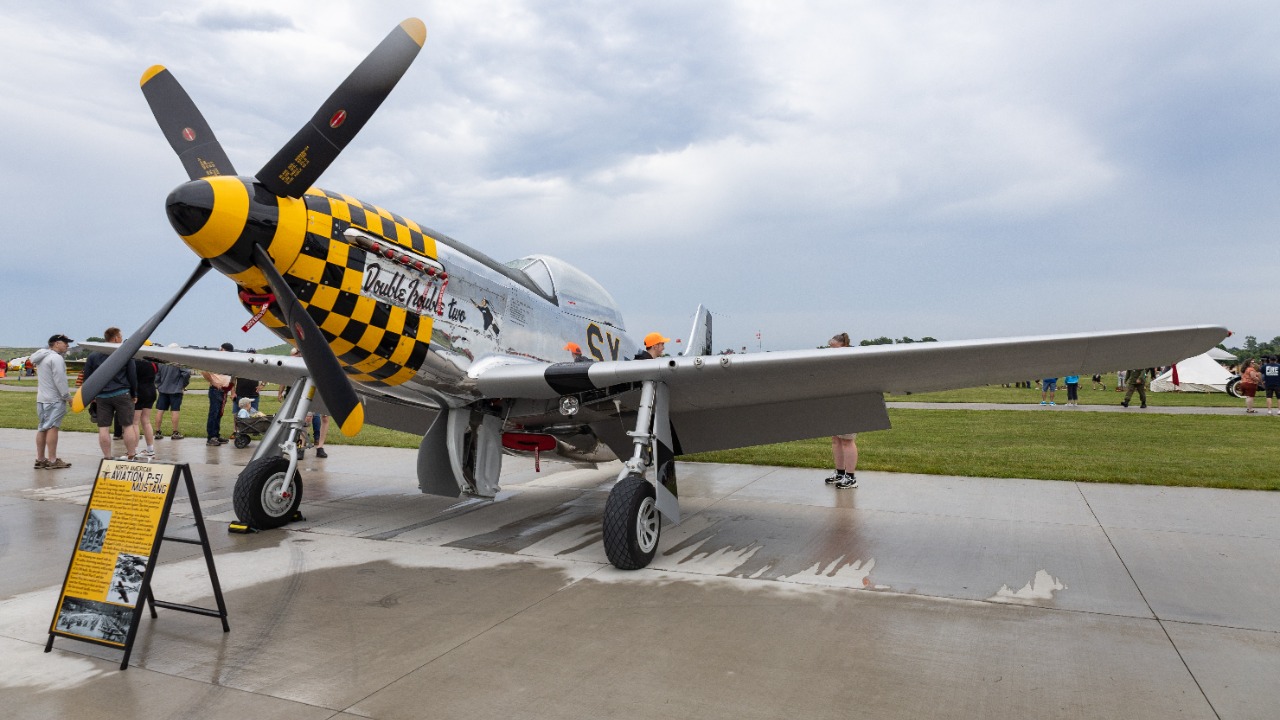
The P-51 Mustang, an iconic fighter aircraft from World War II, is celebrated for its speed, agility, and range. Pilots who flew this legendary plane often recall it with deep admiration and affection. The reasons behind the enduring love pilots have for the P-51 Mustang are rooted in its superior design, handling, and historical significance.
Design and Performance Excellence
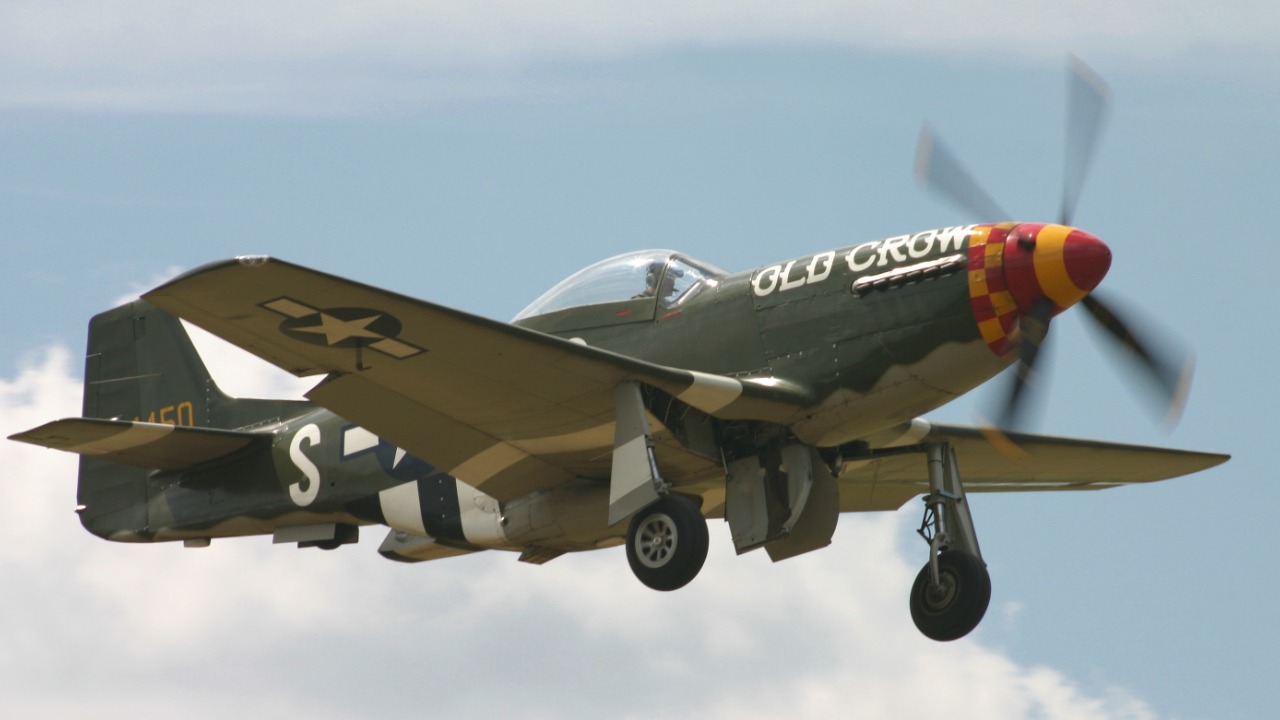
The P-51 Mustang was renowned for its sleek, aerodynamic design, which significantly contributed to its superior speed and maneuverability. The aircraft’s airframe was meticulously engineered to minimize drag while maximizing lift, allowing it to outperform many contemporaries in the air. This aerodynamic efficiency enabled the Mustang to execute sharp turns and high-speed dives with remarkable precision, offering pilots a tactical advantage in combat scenarios.
A key factor in the Mustang’s impressive performance was its Rolls-Royce Merlin engine. This powerful engine provided the aircraft with the thrust necessary to reach high altitudes quickly, enhancing its combat effectiveness. The engine’s reliability and power gave pilots the confidence to push the aircraft to its limits, knowing they had the speed and agility to evade enemy fire or pursue adversaries effectively.
Another notable feature of the P-51 was its long-range capability, which allowed it to escort bombers deep into enemy territory. The combination of efficient fuel consumption and additional drop tanks enabled the Mustang to cover vast distances without refueling, making it an indispensable asset in the Allied aerial campaigns. This extended range not only expanded the operational reach of pilots but also played a crucial role in securing air superiority during World War II.
Pilot Experience and Handling
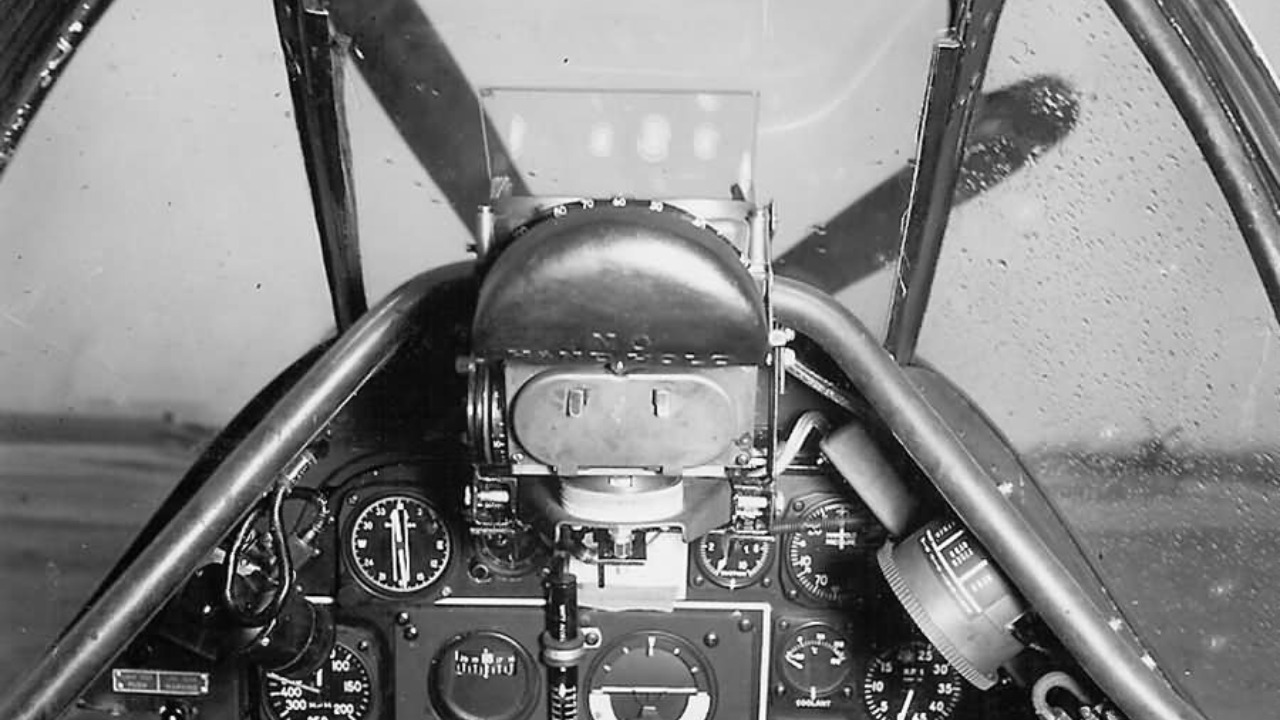
The design of the P-51’s cockpit was another factor that endeared it to pilots. The layout was intuitive, with controls and instruments strategically positioned for ease of use, even during the most intense combat situations. This thoughtful design reduced pilot fatigue and increased situational awareness, which was vital during long missions.
Pilots frequently praised the Mustang for its responsive controls and ease of handling. The aircraft’s balance and stability made it a joy to fly, allowing pilots to focus more on their mission objectives than on managing the aircraft. This ease of handling, combined with the Mustang’s agility, made it a favorite among both novice and experienced pilots, who could execute complex maneuvers with confidence.
The P-51 Mustang was also celebrated for its versatility in combat. It excelled in various roles, from dogfighting to ground attack missions. This adaptability made it a formidable opponent in the skies, capable of engaging in air-to-air combat while also providing support for ground troops. Its ability to switch roles seamlessly was a testament to its design and performance excellence.
Historical Impact and Legacy
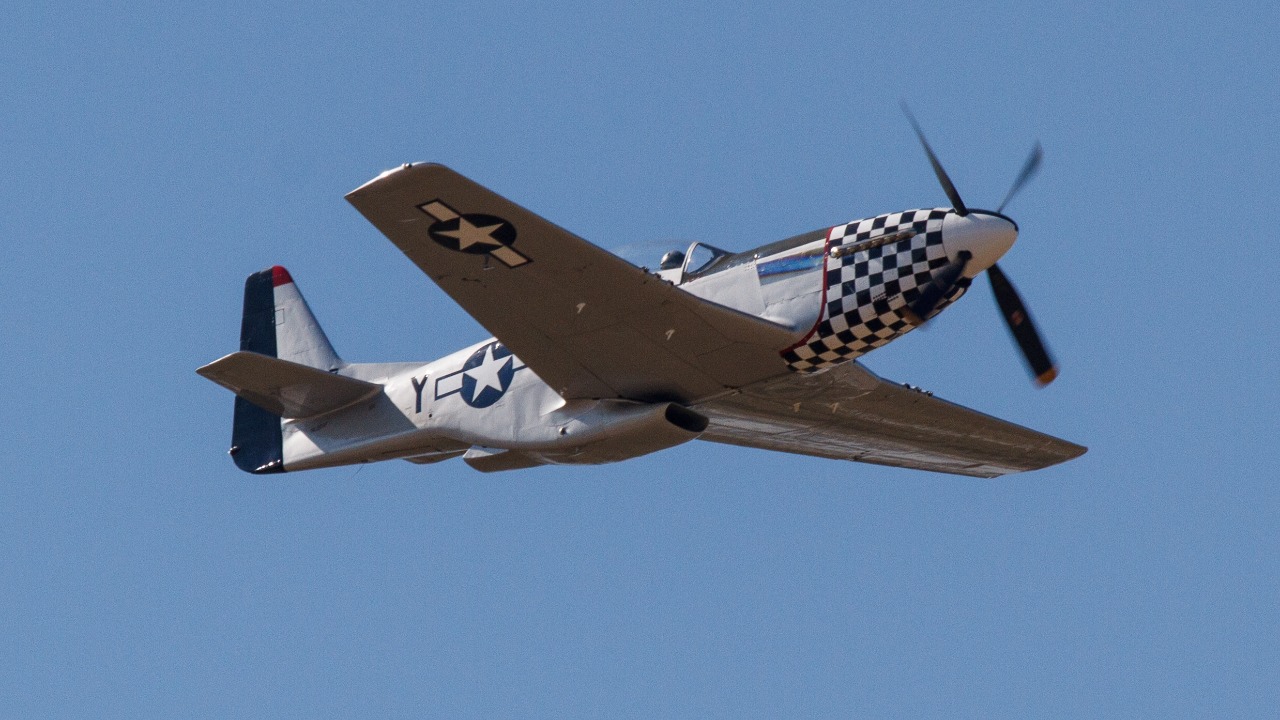
The P-51 Mustang played a pivotal role in turning the tide of World War II. Its superior performance and long-range capabilities allowed the Allies to achieve air superiority, which was crucial for the success of ground operations. The Mustang’s presence in the skies provided much-needed protection for bombers, significantly reducing losses and boosting the morale of aircrews.
Beyond its wartime contributions, the P-51 Mustang became an enduring symbol of American air power and technological advancement. Its iconic status continues to captivate aviation enthusiasts and historians alike. The elegance and efficiency of its design have made it a subject of admiration and study, with many considering it one of the greatest fighter aircraft ever built.
Efforts to preserve and restore P-51 Mustangs are ongoing, ensuring that future generations can experience this legendary aircraft. Restoration projects across the globe have brought many Mustangs back to life, allowing them to soar once more at airshows and aviation museums. These efforts serve as a testament to the aircraft’s enduring legacy and the deep affection it continues to inspire among aviation enthusiasts.
Pilot Testimonials and Personal Stories
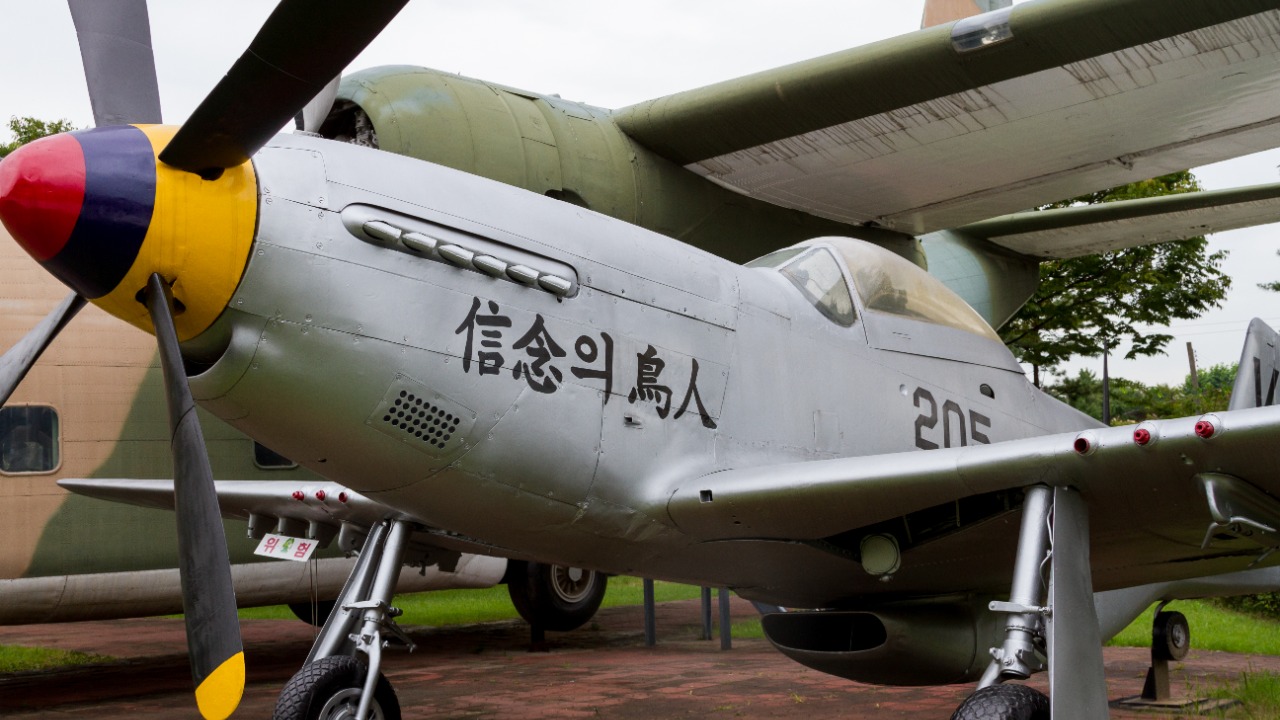
Firsthand accounts from pilots who flew the P-51 Mustang provide invaluable insights into the aircraft’s appeal. Many pilots fondly recall the thrill of taking the Mustang into combat, describing it as an extension of themselves in the skies. Their stories capture the emotional connection and sense of pride associated with flying such a revered aircraft.
Reunions between World War II pilots and restored Mustangs often highlight the deep nostalgia and emotional bonds formed with the aircraft. These occasions are powerful reminders of the Mustang’s impact on the pilots’ lives and the camaraderie shared among those who flew it. Reunions offer veterans the chance to relive their experiences and share their stories with new generations, ensuring that the legacy of the P-51 lives on.
The sense of community among P-51 pilots is another testament to the aircraft’s influence. The shared pride in flying the Mustang has created a tight-knit group of veterans and enthusiasts who continue to celebrate the aircraft’s storied history. Events and gatherings dedicated to the Mustang foster a sense of camaraderie and connection, uniting those who appreciate the aircraft’s historical and technical significance.
Technological Advancements and Influence
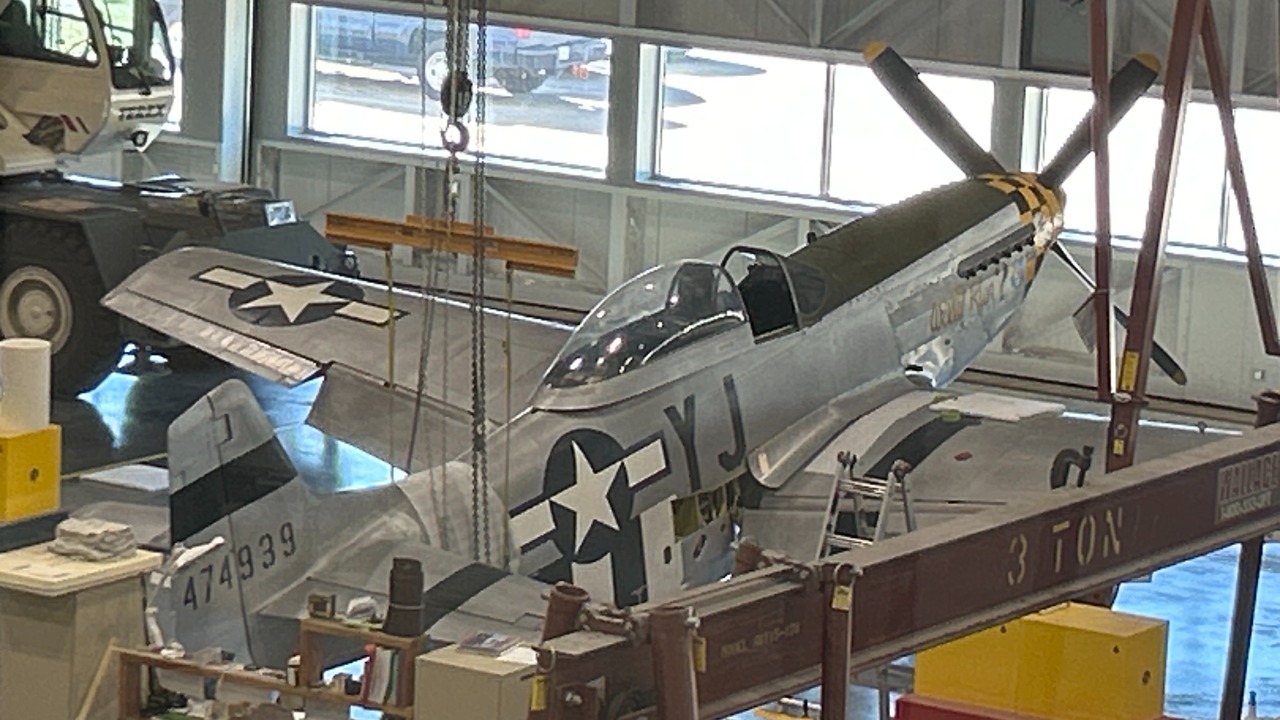
The P-51 Mustang introduced several technological innovations that set new standards in aircraft design. Its aerodynamic efficiency, power-to-weight ratio, and advanced engineering solutions were groundbreaking for its time. These elements not only contributed to its success during the war but also influenced the development of future fighter aircraft.
Modern aviation continues to feel the impact of the P-51’s innovations. The lessons learned from its design and performance have informed the development of subsequent generations of fighter jets. Its influence is evident in the emphasis on speed, agility, and efficiency that characterizes modern aircraft design. The Mustang’s legacy is a testament to the enduring value of innovation and excellence in aviation technology.
The educational and historical significance of the P-51 Mustang is also noteworthy. Many museums and educational programs feature the aircraft as a centerpiece, using it to educate the public about its role in aviation history. The Mustang serves as a symbol of the technological advancements achieved during World War II and the contributions of those who flew and maintained it. Educational initiatives ensure that the lessons and legacy of the P-51 Mustang continue to inspire future generations of aviators and aviation enthusiasts alike.